Non-dilutive funding (NDF) is financing that startups can leverage to receive money without giving equity in return, making this an attractive tool for risky or hardware-based solutions. For climate tech startups, this usually takes the form of grants or debt (often concessional), but also includes incentives or private contributions.
I connected with Joel Armin-Hoiland, CEO and Founder of Climate Finance Solutions, to dive deeper into NDF, when startups should consider NDF, and what startups should think about when looking at NDF.
When should startups consider NDF?
NDF will be appropriate for most climate tech startups. However, before pursuing NDF sources, startups should create an integrated funding strategy that will enable them to understand how to most effectively leverage both equity and non-dilutive funding.
In order to develop the NDF portion of an integrated funding strategy, startups need to:
– Understand the funding needs and priorities implicated in their technology roadmap and commercialization plan.
– Map the non-dilutive funding ecosystem by: (1) understanding all of the different funding buckets from which they can secure funding; (2) doing a comprehensive survey of the NDF ecosystem; (3) assessing the highest priority opportunities; and (4) downselecting opportunities based on fit with technology and commercialization funding priorities.
– Compare the available non-dilutive funding opportunities to their roadmap and assess where there is available NDF and where equity investment may be needed, and use that to create an integrated funding strategy and comprehensive business plan.
Startups may look towards NDF for a variety of reasons:
– NDF provides patient, risk-tolerant capital. In many cases, NDF may be a better fit for climate tech hardware companies’ timelines than equity.
– NDF assists startups that are equity fundraising, helping startups attract investors, securing better terms, and decreasing the amount of equity financing needed. On the investor side, NDF provides key technical validation and risk mitigation.
– Higher risk technologies can leverage non-dilutive funding to support R&D.
– NDF can help startups bridge climate tech’s four valleys of death where equity investment may not be available.
– Startups are more likely to succeed when they secure NDF.
Who is eligible?
Most climate startups are eligible for non-dilutive funding. Different opportunities and funders have varying eligibility requirements, from the type of entity that can apply, the technology or sector focus, stage of technology development or commercialization, and geographic region. This wide range of requirements one of the reasons that it is so important to take a comprehensive view of the NDF ecosystem before pursuing funding.
Generally speaking, public funding (i.e., government funding) is more accessible to startups and private sector companies. It is also by far the largest source of funding. The biggest trend in NDF for climate in the past few years has been the dramatic increase in the availability of public funding for climate startups and climate solutions. Philanthropic funding has historically been directed more toward nonprofit and academic entities, but is starting to become more available to startups, particularly at early stages.
What are the different types or stages of NDF?
There are different types and sources of NDF that are available at various stages of a company’s or technology’s development. Below is an overview of the different types of grants available at each stage, what they are used for, and some examples of funders that offer those types of grants:
– Basic or foundational research. Key sources include federal grants and philanthropy.
– Early company creation/spinouts. Key sources include federal and state grants, philanthropy, and non-profits like Breakthrough Energy Fellows.
– Applied R&D, stages of proving technical feasibility. Key sources include state grants (e.g., California Energy Commission) and federal grants (e.g., US Dept of Energy, National Science Foundation, ARPA-E, USDA, and others – including SBIR programs).
– Technology demonstration and deployment (early pilots). Key sources include state grants and (to a lesser, but growing, degree) federal grants.
– Commercialization funding. Key sources include state programs (e.g., CEC BRIDGE), Federal grants (e.g., ARPA-E SCALEUP), public loan guarantees (e.g., DOE Loan Programs Office), and blended finance (e.g., Breakthrough Energy Catalyst).
What should startups think about when pursuing NDF?
NDF can be an incredibly valuable source of funding for climate tech startups. However, pursuing NDF, specifically grant funding, can be complex and time consuming. It’s easy to get disqualified and it takes some experience to really understand exactly what the funders are looking for. All of the context that you need to submit the best application not not always be in the RFP or solicitation. It’s also difficult to simply navigate the NDF ecosystem, understand what’s out there, and identify the right opportunities. Post-award management can also be complicated. Carefully budgeting and scoping out the work can make post-award management and reporting easier. With all of this complexity, it can be helpful to secure knowledgeable support in developing strategy, identifying opportunities, and pursuing funding.
If a startup develops a NDF ecosystem map and an integrated funding strategy, ensures that the funding opportunities that it applies to are well-aligned with its technology roadmap and commercialization plan, it can both give itself the best chance of securing funding and ensure that its implementation of the project will be successful.
For more info on Climate Finance Solutions.
Other Resources:
– Supercharging Climate Tech by Unifying Equity Investment and Non-Dilutive Funding
– Should My Climate Tech Company Apply for a SBIR?
– Get Ready With Me: Government Grants Edition
– Grants for Climate Tech

